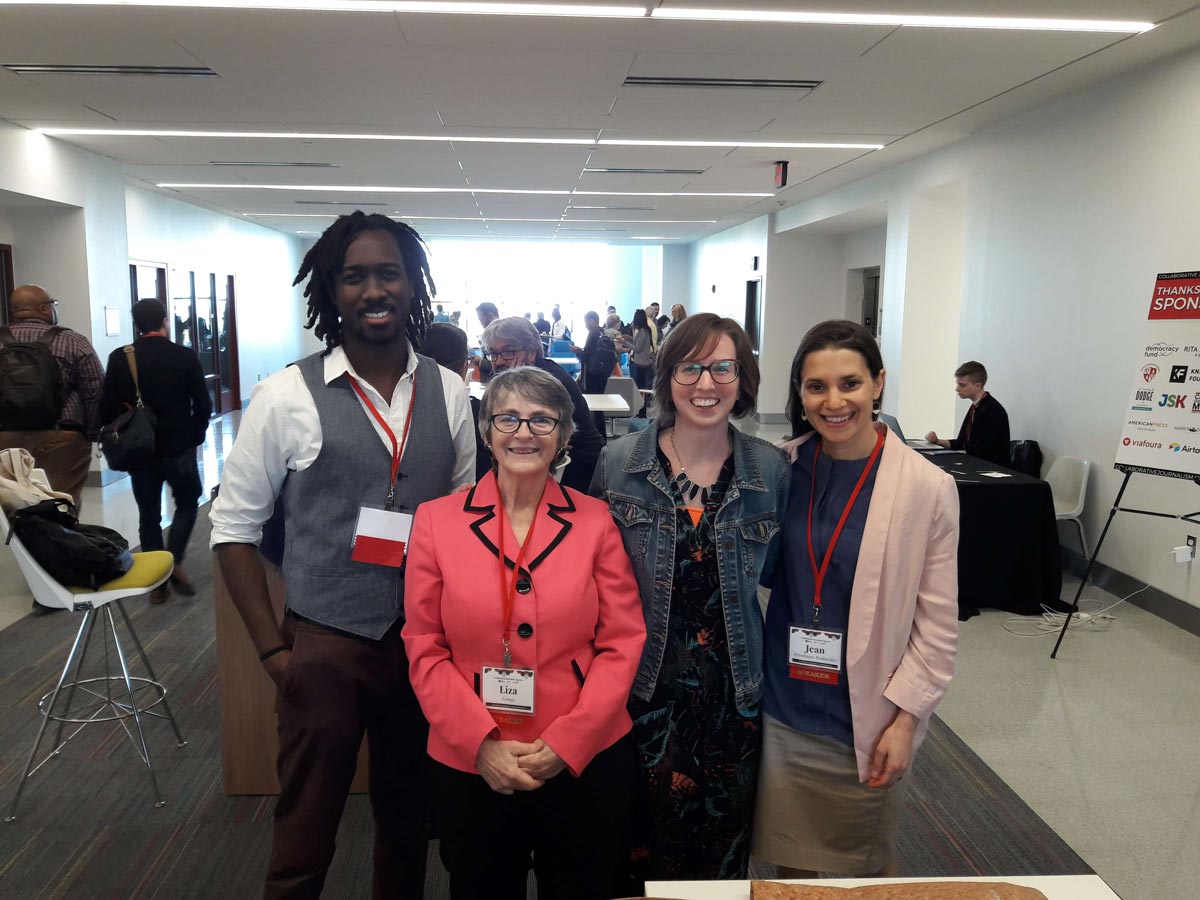Collaborations and Partnerships

Collaboratives and partnerships among news organizations have gained increasing traction since the mid-2000s as a common way to address time and resource constraints and increase the efficiency of reporting. They’re certainly not a silver bullet: real and perceived challenges include size bias and discomfort with asymmetrical relationships, internal resistance, lack of shared values, and absence of consensus on the topic of coverage. There’s also the traditional mindset that leads most newsrooms to see their peers as sources of competition, not cooperation.
Yet the advantages of collaborating are clear, particularly in the case of solutions journalism. The breadth and depth of reporting that solutions journalism frequently requires - where a reporter might look across beats, disciplines, and geographies - is especially conducive to a collaborative approach. Collaboratives can not only save costs (and potentially even generate revenue), they enable access to additional resources and specialized skills, and help connect with new audiences across platforms. More broadly, solutions journalism often calls upon non-media partners such as academic institutions, think tanks, research groups, community organizers, and other subject matter experts by necessity.
With the belief that collaboratives constitute a singularly suitable model to extend the impact of solutions reporting, SJN has supported of a number of collaborative efforts, and we’ve learned that they can take many forms. You could have a temporary or ongoing collaboration, with each entity creating its own content or producing stories together. The collaboration could be exclusively post-production (i.e. cross-posting stories) or integrated into the reporting itself (i.e. sharing a contact management system, financials, and other resources). Some collaboratives come together to produce stories on a specific set of topics, with a designated editor to manage reporters from different outlets (who may or may not have projects outside of the collaborative). For more details on organizing and sustaining these sorts of partnerships, see our Collaborative Playbook. Here are a few models we've worked with:
The Philadelphia Reentry Project was a collaboration between 15 of Philadelphia's general interest newsrooms, community and ethnic media organizations, and two academic institutions to reveal and investigate credible responses to the challenges of recidivism and reentry. The focus was mainly on individual reporting, but with a coordinated effort to tackle this issue. The project began with a small group of outlets as a planning committee, which then opened up to all to participate. The Reentry project’s website includes a brief intro to each story, which then bounces readers out to the originating site. On the originating site, there’s a link back to the central site. This works to broaden audiences. From January 2016 to November 2017, the collaborative produced sustained coverage on the topic of reentry, complemented with a robust audience engagement strategy, funded by SJN. Since the end of the SJN grant, the media outlets entered into a formal commitment to continue to foster sustained solutions-oriented, city-focused collaboration. The arrangement is now officially called the Philadelphia Solutions Journalism Collaborative and will expand its coverage. It is led by Project Director Jean Friedman-Rudovsky.
The Montana Collaboration is 11 western Montana newspapers plus Montana PBS — three city dailies, one city-based alt-weekly and seven community weeklies/bi-weeklies. It was convened by SJN in fall 2017 and published its first feature series, the 'Montana Gap' project focused on rural economic sustainability, in January 2018. That work has been complemented by audience engagement efforts including listening sessions and post-publication community discussions. An editor at High Country News magazine, Kate Schimel, has also provided editorial support for the effort, working with partner newsrooms to coordinate and edit stories. Going forward, the group will look at a second feature package focused on mental health for publication in summer 2018.
Ohio Valley ReSource is a regional journalism collaborative with funding from the Corporation for Public Broadcasting (CPB). OVR is composed of seven public media outlets in Kentucky, West Virginia, and Ohio reporting on economic and social change issues. The collaborative has been able to provide a more regional view of journalism and increased journalism capacity in underserved areas, particularly outlying, rural areas. Led by Managing Editor Jeff Young, the ReSource team is composed of eight journalists using radio, data, and video to craft stories that tell the human stories behind the region’s economy, energy, environment, food, health, and infrastructure. One reporter at each partner station primarily reports to Young, who edits and sends content out among the partners. Each partner station has reporters that occasionally contribute to the collaborative in addition to their other reporting jobs. “Cooperation and collaboration has been really great – by necessity, we are a collaborative. We are trying to work more with reporters in partner newsrooms…but we need to be sensitive that these other reporters answer to another boss,” says Young. However, the original framework of OVR allows specialized reporting capacity to benefit all partner stations; for example, the grant from CPB has allowed the collaborative to hire a data reporter who works with all outlets to develop data visualizations, interactive elements, and find story ideas.
Your Voice Ohio initially launched in 2016 in the run-up to the US Presidential election as an effort to engage ordinary citizens about their information needs, expectations of local media, and concerns. The engagement techniques employed by the collaborative (including a series of intensive deliberative events and audience engagement surveys) were tremendously successful, lending momentum to further efforts to better respond to the needs and aspirations of all Ohioans. The collaborative now includes nearly 40 news outlets across Ohio (encompassing print, TV, and radio) committed to responding to the voices of Ohioans on issues related to the opioid epidemic and the future of work and economy in Ohio. Members of the collaborative attend engagement events, and stories from each outlet are posted on the collaborative's website. The effort is led by Project Manager Doug Oplinger, and supported by the Jefferson Center, a nonpartisan nonprofit that specializes in deliberative democratic engagement.
